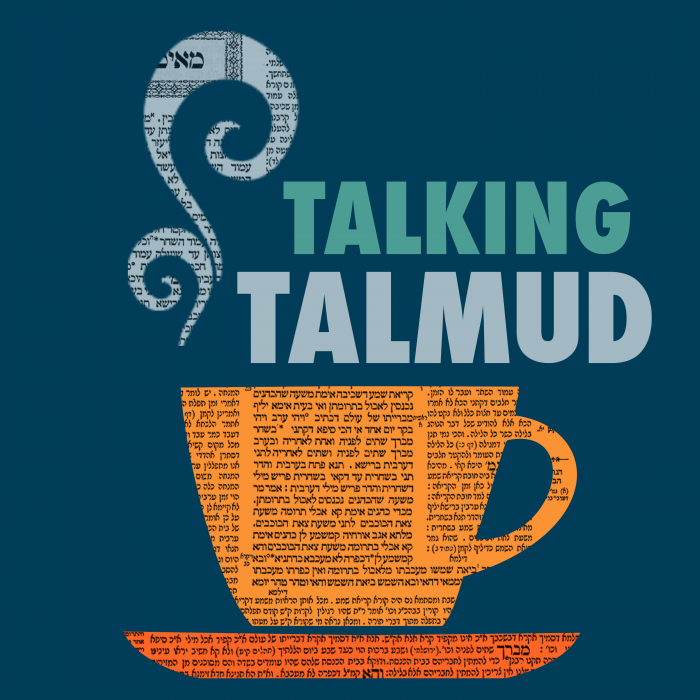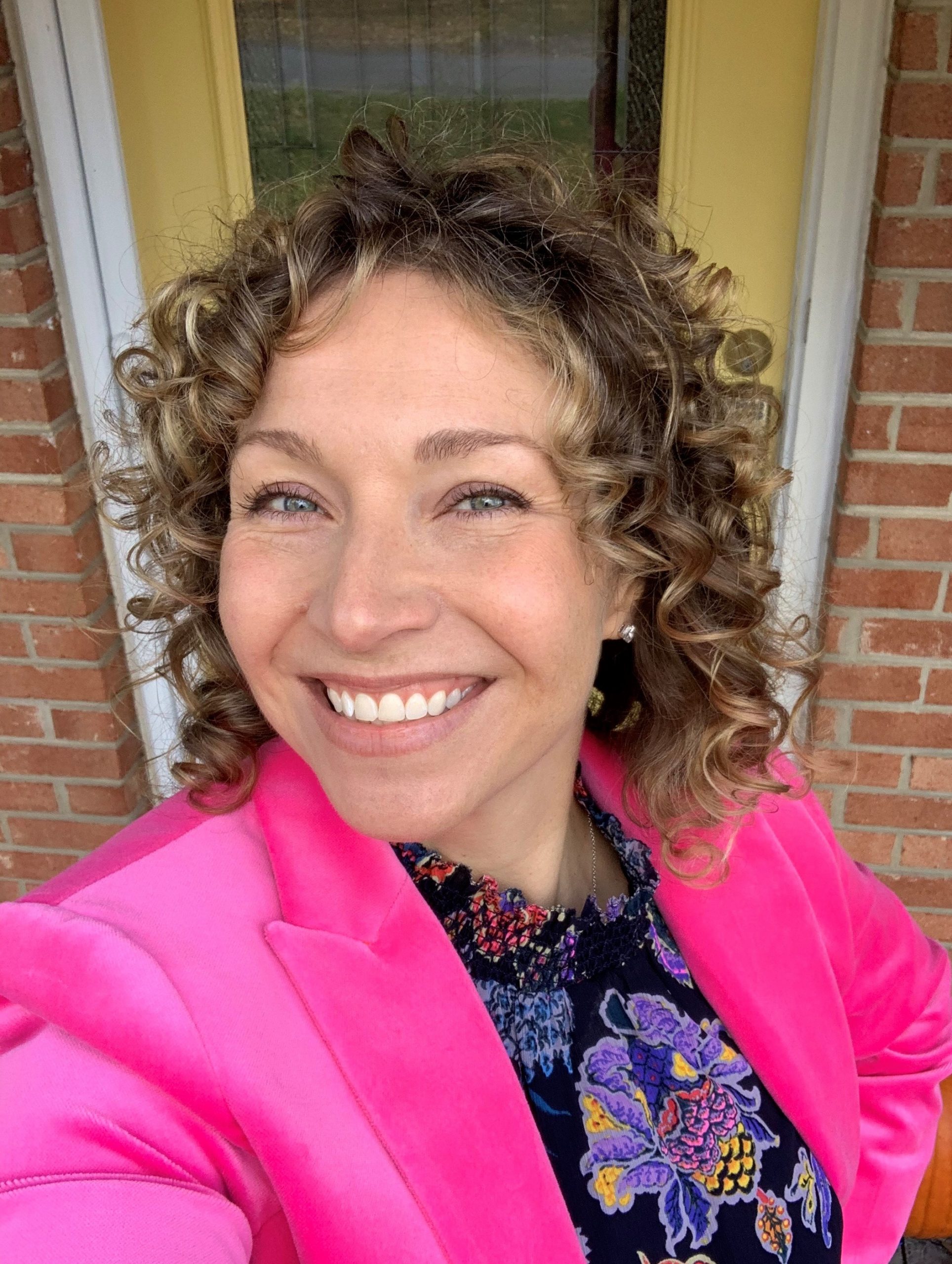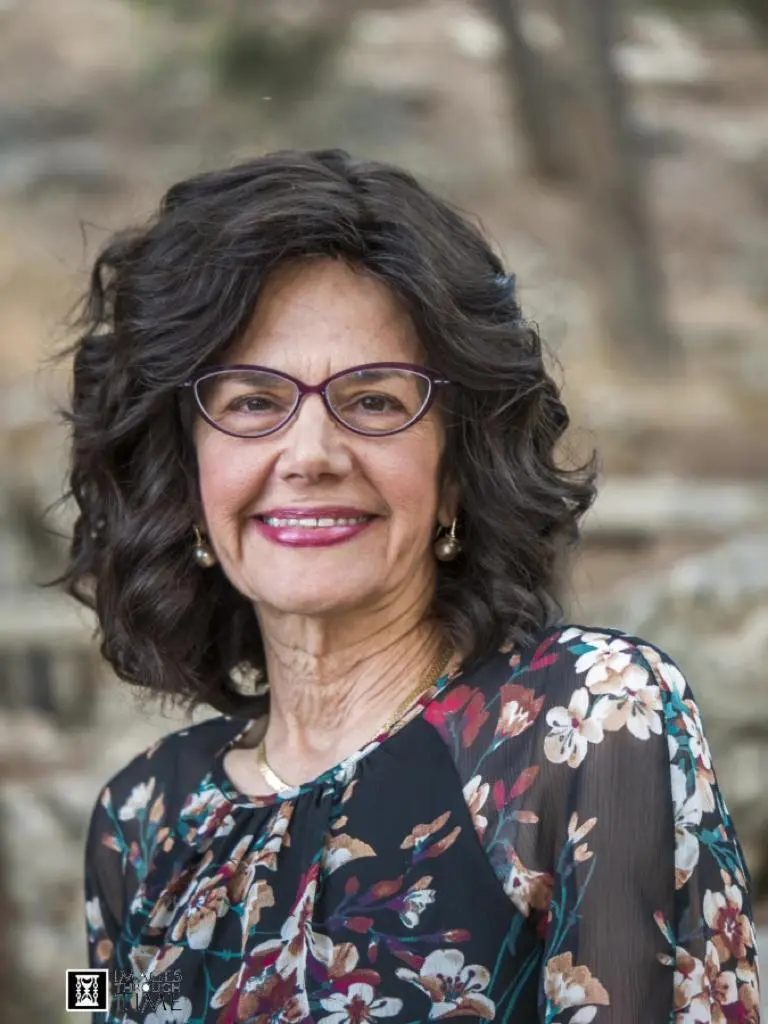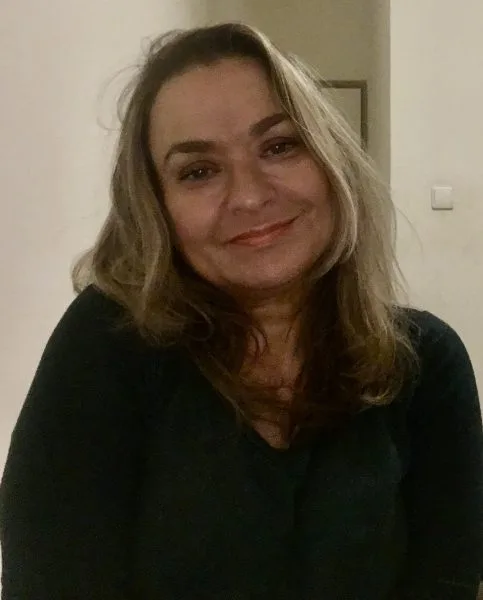Bava Batra 107
הָתָם, עֲבוּד רַבָּנַן מִילְּתָא דְּנִיחָא לֵיהּ לְמוֹכֵר וְנִיחָא לֵיהּ לְלוֹקֵחַ.
The Gemara answers: The cases cannot be compared because there, in the case of the sale of grain, the Sages instituted a matter that is suitable for the seller and also suitable for the buyer. Since the price of grain fluctuates, neither party wants the sale to be considered complete until the last se’a is measured out, so that they each are able to renege on the sale should the price rise or fall. This reasoning does not apply in cases of division of property.
אִיתְּמַר: אַחִין שֶׁחָלְקוּ, וּבָא בַּעַל חוֹב וְנָטַל חֶלְקוֹ שֶׁל אֶחָד מֵהֶן; רַב אָמַר: בָּטְלָה מַחְלוֹקֶת. וּשְׁמוּאֵל אָמַר: וִיתֵּר. וְרַב אַסִּי אָמַר: נוֹטֵל רְבִיעַ בְּקַרְקַע וּרְבִיעַ בְּמָעוֹת.
§ It was stated that the amora’im disagreed about another related matter: If two brothers divided their father’s estate between them, and then their father’s creditor came and took the portion of one of them as repayment for the father’s debt, Rav says: The original division of the property is void, and the brothers must now redivide the remaining assets. Shmuel says: Each brother, upon receiving his portion, has foregone his right to be reimbursed if his portion is lost. Rav Asi says: The brother whose portion was seized is entitled to half the remaining inheritance: He takes one-quarter in land and one-quarter in money.
רַב אָמַר: בָּטְלָה מַחְלוֹקֶת – קָא סָבַר: הָאַחִין שֶׁחָלְקוּ, יוֹרְשִׁין הֵן.
The Gemara explains the rationale for each opinion: Rav says that the original division of the property is void. This is because he holds that brothers who divided property received as an inheritance are still considered to be heirs with regard to the inheritance as if they never divided the property, so that they continue to share joint responsibility for their father’s debts. Therefore, if a creditor seizes the portion received by one of them, it is as if he repaid the debt on behalf of all the heirs. Accordingly, they must once again divide the remaining property between them.
וּשְׁמוּאֵל אָמַר: וִיתֵּר – קָא סָבַר: הָאַחִין שֶׁחָלְקוּ לָקוֹחוֹת הָווּ, וּכְלוֹקֵחַ שֶׁלֹּא בְּאַחְרָיוּת דָּמֵי.
And Shmuel says that each brother, upon receiving his portion, has foregone his right to be reimbursed if his portion is lost, as he holds that brothers who divided property received as an inheritance are considered as purchasers from each other. And each one is considered like a purchaser who bought his portion without a guarantee that if the field is seized in payment of a debt, the seller will compensate the buyer for his loss. Accordingly, the brother whose portion of the estate was seized by the creditor has no claim against the brother whose portion remained untouched.
רַב אַסִּי – מְסַפְּקָא לֵיהּ אִי יוֹרְשִׁין הָווּ אִי לָקוֹחוֹת הָווּ, הִלְכָּךְ נוֹטֵל רְבִיעַ בְּקַרְקַע וּרְבִיעַ בְּמָעוֹת.
Rav Asi is uncertain whether brothers who divided property received as an inheritance are still considered to be heirs or are considered to be like purchasers who bought their property with a guarantee of compensation should the property be repossessed. Therefore, the brother whose portion was seized by the creditor is entitled to half the remaining inheritance, and he takes one-quarter in land like an heir and one-quarter he receives in money, like a purchaser with a guarantee, who is compensated with money for his loss.
אָמַר רַב פָּפָּא: הִלְכְתָא בְּכׇל הָנֵי שְׁמַעְתָּתָא – מְקַמְּצִין. אַמֵּימָר אָמַר: בָּטְלָה מַחְלוֹקֶת. וְהִלְכְתָא: בָּטְלָה מַחְלוֹקֶת.
Rav Pappa says: The halakha in all the cases dealt with in these statements recording disagreements between Rav and Shmuel is that the brothers must each take off a share from their portion in accordance with the opinion of Shmuel. Rather, any brother currently in possession of his portion must give part of it to his brother who lacks a portion, so that in the end they have equal shares. Ameimar says: The halakha in all of these cases is that the original division of the property is void, in accordance with the opinion of Rav. The Gemara concludes: The halakha is in fact that the original division of the property is void, in accordance with the opinion of Rav.
תָּנוּ רַבָּנַן: שְׁלֹשָׁה שֶׁיָּרְדוּ לָשׁוּם – אֶחָד אוֹמֵר בְּמָנֶה, וּשְׁנַיִם אוֹמְרִים בְּמָאתַיִם; אֶחָד אוֹמֵר בְּמָאתַיִם, וּשְׁנַיִם אוֹמְרִים בְּמָנֶה – בָּטֵל יָחִיד בְּמִיעוּטוֹ.
§ The Sages taught in a baraita (Tosefta, Ketubot 11:2): In a case of three experts who went down to assess a certain property in order to determine the amount to be collected from it for repayment of a debt, and one says it is worth one hundred dinars, and the other two say it is worth two hundred, or one says it is worth two hundred dinars and the other two say it is worth one hundred, the assessment of the single expert is nullified, since his is the minority opinion, and the assessment of the two others is accepted.
אֶחָד אוֹמֵר בְּמָנֶה, וְאֶחָד אוֹמֵר בְּעֶשְׂרִים, וְאֶחָד אוֹמֵר בִּשְׁלֹשִׁים – נִדּוֹן בְּמָנֶה. רַבִּי אֱלִיעֶזֶר בְּרַבִּי צָדוֹק אוֹמֵר: נִדּוֹן בְּתִשְׁעִים. אֲחֵרִים אוֹמְרִים: עוֹשִׂין שׁוּמָא בֵּינֵיהֶן, וּמְשַׁלְּשִׁין.
If one says the property is worth one hundred dinars, and another says it is worth twenty sela, which is equivalent to eighty dinars, since four dinars equal a sela, and yet another says it is worth thirty sela, which is equivalent to one hundred and twenty dinars, it is assessed at one hundred dinars, which is the average of the assessments, as it is equivalent to twenty-five sela. Rabbi Eliezer, son of Rabbi Tzadok, says: It is assessed at ninety dinars, as will be explained below. Aḥerim say: An appraisal is performed of the sum between the two most extreme assessments and then divided by three. This sum is then added to the lowest assessment.
מַאן דְּאָמַר נִדּוֹן בְּמָנֶה – מִילְּתָא מְצִיעֲתָא. רַבִּי אֱלִיעֶזֶר בְּרַבִּי צָדוֹק אוֹמֵר: נִדּוֹן בְּתִשְׁעִים – קָא סָבַר: הָא אַרְעָא –
The Gemara clarifies the various opinions: The one who says that the property is assessed at one hundred dinars holds that the middle of the two extreme assessments is followed. Rabbi Eliezer, son of Rabbi Tzadok, says that it is assessed at ninety dinars because he holds that this land
תִּשְׁעִין שָׁוְיָא; וְהַאי דְּקָאָמַר עֶשְׂרִים, דְּקָא טָעֵי עַשְׂרָה לַאֲחוֹרֵיהּ; וְהַאי דְּקָא אָמַר מָנֶה, קָא טָעֵי עַשְׂרָה לְקַמֵּיהּ.
is in fact worth ninety dinars, and the one who says it is worth twenty sela, which is equivalent to eighty dinars errs with an assessment that is ten dinars behind, i.e., too low, and the one who says it is worth one hundred dinars errs with an assessment that is ten dinars ahead, i.e., too high. Therefore, the average of these two assessments is followed.
אַדְּרַבָּה! הַאי אַרְעָא מְאָה וְעַשְׂרָה שָׁוְיָא; וְהַאי דְּקָאָמַר מָנֶה – קָא טָעֵי עַשְׂרָה לַאֲחוֹרֵיהּ, וְהַאי דְּקָאָמַר שְׁלֹשִׁים – קָא טָעֵי עַשְׂרָה לְקַמֵּיהּ! נְקוֹט מִיהַת תְּרֵי קַמָּאֵי בִּידָךְ, דְּמִתּוֹרַת מָנֶה לָא מַפְּקִי לֵיהּ.
The Gemara raises a difficulty: On the contrary, say that this land is in fact worth one hundred and ten dinars, and the one who says it is worth one hundred dinars errs with an assessment that is ten dinars behind, and the one who says it is worth thirty sela, which is equivalent to one hundred and twenty dinars, errs with an assessment that is ten dinars ahead. If so, the average of these two assessments, one hundred and ten dinars, should be followed. The Gemara replies: In any event, grasp the first two assessments in your hand, as neither of them takes the assessment beyond the sum of one hundred dinars.
אֲחֵרִים אוֹמְרִים: עוֹשִׂין שׁוּמָא בֵּינֵיהֶן, וּמְשַׁלְּשִׁין – קָא סָבְרִי: הַאי אַרְעָא – תִּשְׁעִין וּתְלָתָא וְתִילְתָּא שָׁוְיָא; הַאי דְּקָא אָמַר עֶשְׂרִים – קָא טָעֵי תְּלֵיסַר וְתִילְתָּא לַאֲחוֹרֵיהּ, וְהַאי דְּקָאָמַר מָנֶה – קָא טָעֵי תְּלֵיסַר וְתִילְתָּא לְקַמֵּיהּ; וּבְדִין הוּא דְּלֵימָא טְפֵי, וְהַאי דְּלָא קָאָמַר, סָבַר: מִיסָּתַאי דְּקָא מְטַפֵּינָא כּוּלֵּי הַאי אַחַבְרַאי.
The baraita teaches that Aḥerim say that an appraisal is performed of the sum between the two most extreme assessments and then divided by three. This sum is then added to the lowest assessment. The Gemara explains this opinion: Aḥerim hold that this land is in fact worth ninety-three and one-third dinars. The one who says it is worth twenty sela, the equivalent of eighty dinars, errs with an assessment that is thirteen dinars and one-third behind, and the one who says it is worth one hundred dinars errs with an assessment that is thirteen dinars and one-third ahead. By right, that assessor should have said more, i.e., quoted a higher sum, since according to this calculation, he should have said it is worth one hundred and six and two-thirds dinars. And the reason that he did not do so is that he thinks as follows: It is enough that I add this much above and beyond the assessment of my colleague who says it is worth eighty dinars. Therefore, he lowers the sum of his assessment to one hundred dinars.
אַדְּרַבָּה, הָא אַרְעָא – מְאָה וּתְלֵיסַר וּתְלָתָא שָׁוְיָא; הַאי דְּקָאָמַר מָנֶה – קָא טָעֵי תְּלֵיסַר וּתְלָתָא לַאֲחוֹרֵיהּ, וְהַאי דְּקָאָמַר שְׁלֹשִׁים – טָעֵי תְּלֵיסַר וּתְלָתָא לְקַמֵּיהּ; וּבְדִין הוּא דְּקָאָמַר טְפֵי, סָבַר: מִיסָּתַאי דְּקָא מְטַפֵּינָא כּוּלֵּי הַאי אַחַבְרַאי! נְקוֹט מִיהַת תְּרֵי קַמָּאֵי בִּידָךְ, דְּמִתּוֹרַת מְאָה לָא מַפְּקִי לֵיהּ.
The Gemara raises a difficulty: On the contrary, say that this land is in fact worth one hundred and thirteen dinars and one-third, and the one who says it is worth one hundred dinars errs with an assessment that is thirteen dinars and one-third behind, and the one who says it is worth thirty sela, which is equal to one hundred and twenty dinars, errs with an assessment that is thirteen dinars and one-third ahead. By right, he should have said more, i.e., quoted a higher sum, since according to this calculation, he should have said it is worth one hundred and twenty-six dinars and two-thirds. And the reason he did not do so is that he thinks as follows: It is enough that I add this much above and beyond the assessment of my colleague who says it is worth one hundred dinars. The Gemara answers: In any event, grasp the first two assessments in your hand, as neither of them take the assessment beyond the sum of one hundred dinars.
אָמַר רַב הוּנָא: הֲלָכָה כַּאֲחֵרִים. אָמַר רַב אָשֵׁי: טַעְמָא דַּאֲחֵרִים לָא יָדְעִינַן, הִלְכְתָא עָבְדִינַן כְּווֹתַיְיהוּ?! תָּנוּ דַּיָּינֵי גוֹלָה: עוֹשִׂין שׁוּמָא בֵּינֵיהֶן, וּמְשַׁלְּשִׁין. אָמַר רַב הוּנָא: הִלְכְתָא כְּדַיָּינֵי גוֹלָה. אָמַר רַב אָשֵׁי: טַעְמָא דְּדַיָּינֵי גוֹלָה לָא יָדְעִינַן, הִלְכְתָא עָבְדִינַן כְּווֹתַיְיהוּ?!
Rav Huna said: The halakha is in accordance with the opinion of Aḥerim, who say that the sum of the difference between the two most extreme assessments is calculated and then divided by three, and this sum is then added to the lowest assessment. Rav Ashi said: We do not even understand the reason of Aḥerim; shall we then establish the halakha in accordance with their opinion? The judges of the Diaspora taught a baraita that accords with the opinion of Aḥerim in the previously cited baraita: An appraisal is performed to determine the sum of the difference between the two most extreme assessments and then that sum is divided by three and added to the lowest assessment. Rav Huna said: The halakha is in accordance with the judges of the Diaspora. Rav Ashi said: We do not even understand the reasoning of the judges of the Diaspora; shall we then establish the halakha in accordance with their opinion?
מַתְנִי׳ הָאוֹמֵר לַחֲבֵירוֹ: ״חֲצִי שָׂדֶה אֲנִי מוֹכֵר לָךְ״ – מְשַׁמְּנִין בֵּינֵיהֶן, וְנוֹטֵל חֲצִי שָׂדֵהוּ. ״חֶצְיָהּ בַּדָּרוֹם אֲנִי מוֹכֵר לָךְ״ – מְשַׁמְּנִין בֵּינֵיהֶן, וְנוֹטֵל חֶצְיָהּ בַּדָּרוֹם. וְהוּא מְקַבֵּל עָלָיו מְקוֹם הַגָּדֵר, חָרִיץ וּבֶן חָרִיץ. וְכַמָּה הוּא חָרִיץ? שִׁשָּׁה טְפָחִים. וּבֶן חָרִיץ – שְׁלֹשָׁה.
MISHNA: If one says to another: I am selling you half a field, without specifying which half he is selling, an assessment is made of the field, which is then divided between them, and the buyer takes half of the seller’s field. If the seller says: I am selling you the half that is on the southern side of the field, an assessment is made of the northern and the southern sides of the field, which is then divided between them, and he takes the half on the southern side. And he accepts upon himself to provide the space for the fence between the two halves of the field out of his own property. He also accepts to provide out of his own property the space for the larger ditch and the smaller ditch, which are meant to keep animals out of the field. And how wide is the larger ditch? Six handbreadths. And how wide is the smaller ditch? Three handbreadths.
גְּמָ׳ אָמַר רַבִּי חִיָּיא בַּר אַבָּא אָמַר רַבִּי יוֹחָנָן: לוֹקֵחַ נוֹטֵל כָּחוּשׁ שֶׁבּוֹ. אָמַר לֵיהּ רַבִּי חִיָּיא בַּר אַבָּא לְרַבִּי יוֹחָנָן: וְהָא אֲנַן ״מְשַׁמְּנִין בֵּינֵיהֶן״ תְּנַן! אָמַר לֵיהּ: אַדַּאֲכַלְתְּ כַּפְנְיָיתָא בְּבָבֶל – תַּרְגֵּימְנָא מִסֵּיפָא,
GEMARA: Rabbi Ḥiyya bar Abba says that Rabbi Yoḥanan says: When one sells half of his field to another person, the buyer takes the leaner part of the field, the part that is of lower quality. Rabbi Ḥiyya bar Abba said to Rabbi Yoḥanan: But didn’t we learn in the mishna that in such a case an assessment is made of the field, which is then divided between them, which indicates that the buyer and the seller are given similar parcels of land? How then can you say that the buyer takes the leaner part? Rabbi Yoḥanan said to him in a sarcastic manner: While you were eating dates in Babylonia and neglecting your studies, we explained the matter based on the latter clause of the mishna, which proves that my understanding is correct.
דְּקָתָנֵי סֵיפָא: ״חֶצְיָהּ בַּדָּרוֹם אֲנִי מוֹכֵר לָךְ״ – מְשַׁמְּנִין בֵּינֵיהֶן וְנוֹטֵל חֶצְיָהּ בַּדָּרוֹם. וְאַמַּאי מְשַׁמְּנִין בֵּינֵיהֶן? וְהָא ״חֶצְיָהּ בַּדָּרוֹם״ אָמַר לֵיהּ! אֶלָּא לִדְמֵי; הָכָא נָמֵי לִדְמֵי.
As the latter clause teaches: If the seller says: I am selling you the half that is on the southern side of the field, an assessment is made of the northern and the southern sides of the field, which is then divided between them, and he takes the half on the southern side. If taken literally, this passage gives rise to a difficulty: Why is an assessment made of the northern and the southern sides of the field, which is then divided between them? In any case, didn’t he say to him that he is selling him the southern half? Let the seller give the buyer the southern half of the field. Why is an assessment necessary? Rather, it must be that the matter is more complicated than it seems, and the mishna is referring to money. That is to say, the buyer takes the southern half, but the seller must reimburse him with money for the difference in value between the two halves of the field. Here too, in the first case, the mishna is referring to money: The buyer takes the leaner half, but the seller must reimburse him with money for the difference in value between the two halves of the field.
מְקַבֵּל עָלָיו מְקוֹם גָּדֵר כּוּ׳. תָּאנָא: חָרִיץ מִבַּחוּץ, וּבֶן חָרִיץ מִבִּפְנִים. וְזֶה וָזֶה אֲחוֹרֵי גָדֵר,
§ The mishna teaches that the buyer accepts upon himself to provide out of his own property the space for the fence between the two halves of the field and for the larger and smaller ditches. A Sage taught in a baraita: The larger ditch is dug on the outside, while the smaller ditch is dug on the inside, closer to the field. Both this and that are dug behind the fence,





















